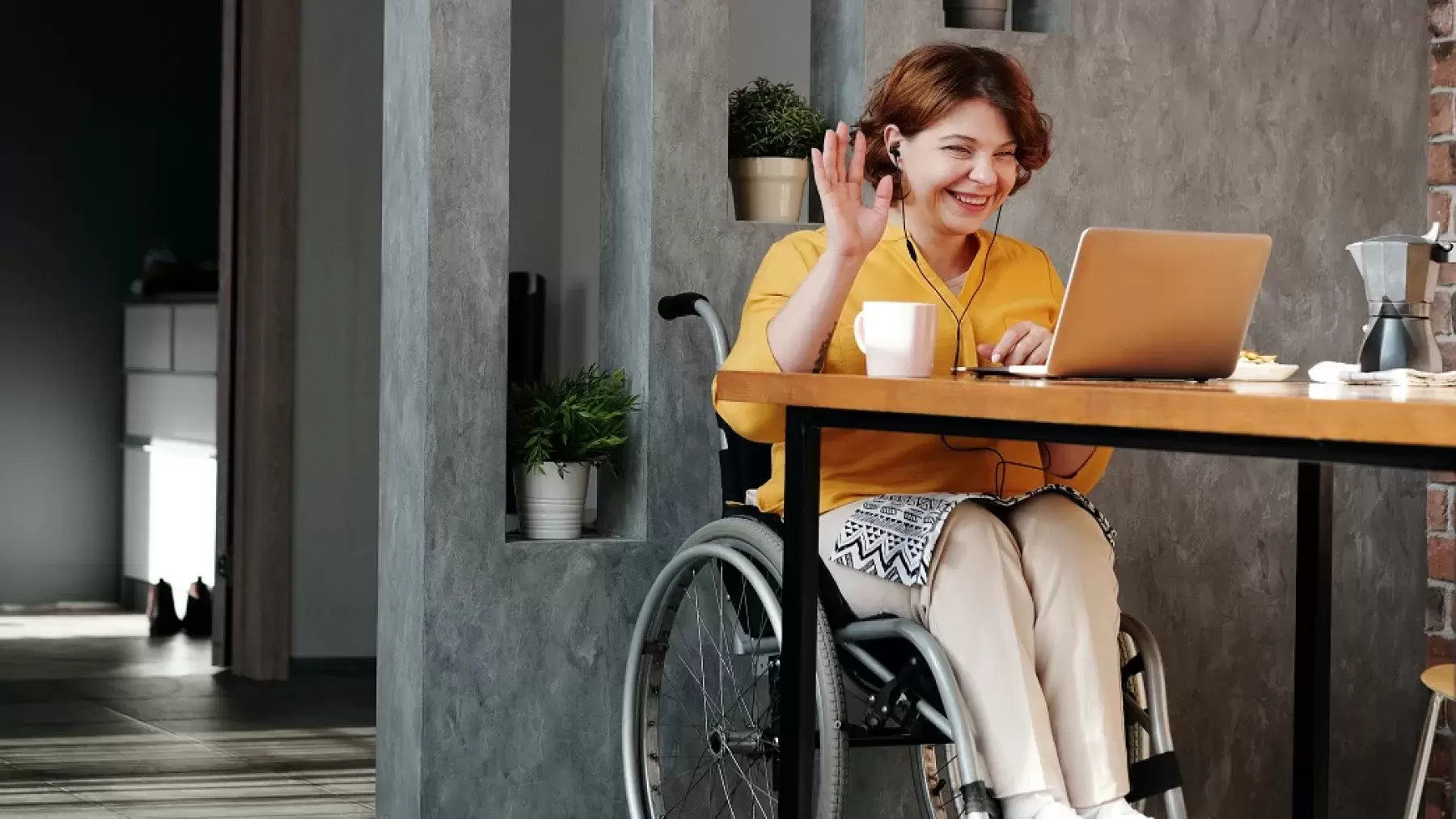
By Debbie Plotnick, Vice President of State and Federal Advocacy
As Mental Health America’s (MHA) Vice President for State and Federal Advocacy, it is my job (and my passion) to push people (mostly legislators and policy makers) to make changes that help people access mental health services and support. The COVID-19 pandemic has had the paradoxical effect of removing some of the barriers that advocates have been fighting to overcome for years. This is especially evident with respect to telehealth, including tele-mental health.
Tele-mental health has long held the promise for extending limited workforce, overcoming transportation barriers, reducing the number of people that miss appointments and people’s ability to get help when they need it, and accessing services before crises. At MHA, we call that addressing mental health Before Stage 4.
The best integrated care services have expanded existing scarce resources by connecting people directly from primary care offices to on-site mental health practitioners, or in-office tele-mental health. This has been especially valuable in helping people accessing the limited number of specialty providers, such as child and geriatric psychiatrists. But following an initial assessment, if follow-up therapy was indicated, it almost always had to take place in the therapist’s office. Additionally, even when and where telehealth was available, insurance including Medicare, Medicaid and private coverage set very stringent parameters. Medicare required a first visit in-person before allowing tele-mental health, and then it required audio and video. Some state Medicaid plans had allowed tele-mental health, some did not. And private insurance for tele-mental health has been and, in some cases, remains a patchwork of coverage or lack-there-of.
Since the COVID-19 pandemic, not surprisingly the need for mental health services has increased, and many of the regulatory barriers have eased. Thanks to advocacy, the federal government agency that oversees Medicaid and Medicare (CMS) has encouraged states to amend their Medicaid state plans to allow for, or reduce barriers to, tele-mental health. And Medicare has removed the requirement for an in-person first visit. It now allows for telephonic only tele-mental health. Employer-provided private insurance, and Affordable Care Act (ACA) polices have also allowed (and sometimes encouraged) people to use telehealth—including tele-mental health. Mental health services for students that were provided in school have moved to tele-mental health while schools are closed. That said, some advocacy is still needed regarding tele-mental health services for some employer-funded plans that come under the Employee Retirement Income Security Act (ERISA) of 1974. Even though tele-mental health should be covered if other types of telehealth services are allowed, sometimes it takes is a call the employer to tell them to inform the plan administrator to add tele-mental health. Such extra steps should not be needed and advocates are working this and other barriers within ERISA plans.
By all accounts tele-mental health services are working well. People like accessing care from their homes, and students are still being served. Seniors and those without broadband can get help by telephone and without having to leave their homes. Providers can serve existing clients and add new ones.
Peer services have gone virtual too. MHA affiliates and other community providers have been moving supports groups and peer support online and expanding help by telephone.
Most of the expanded means of access are happening because a national emergency was declared in March because of COVID-19. These expansions are expected to be in place for the duration of the pandemic. But what about after the state of emergency is over?
Here is what I am doing: I have adopted a new mantra: “Tele-mental health now and from now on.” Our elected officials need to hear from all of us with that very message. I hope that you will email and call your elected representatives and send the message loud and clear: tele-mental is here to stay.”




